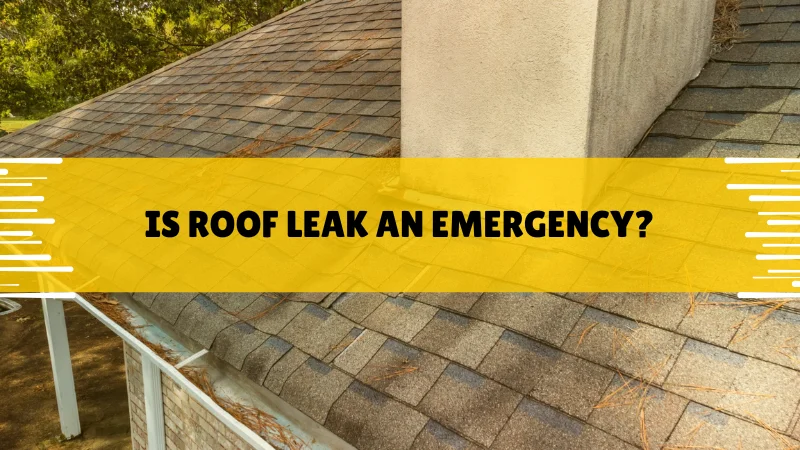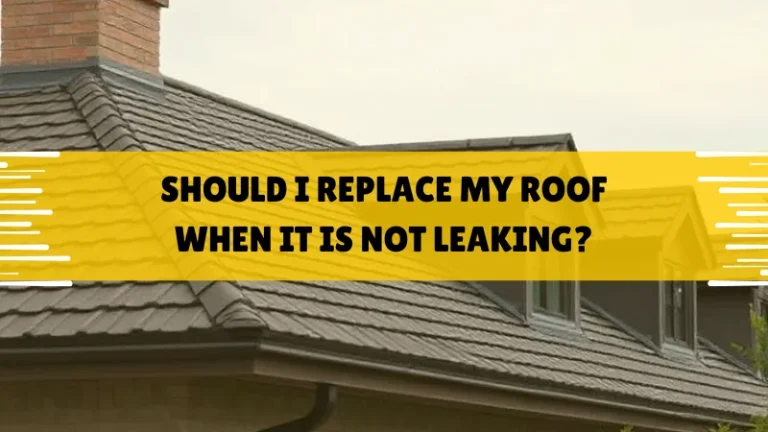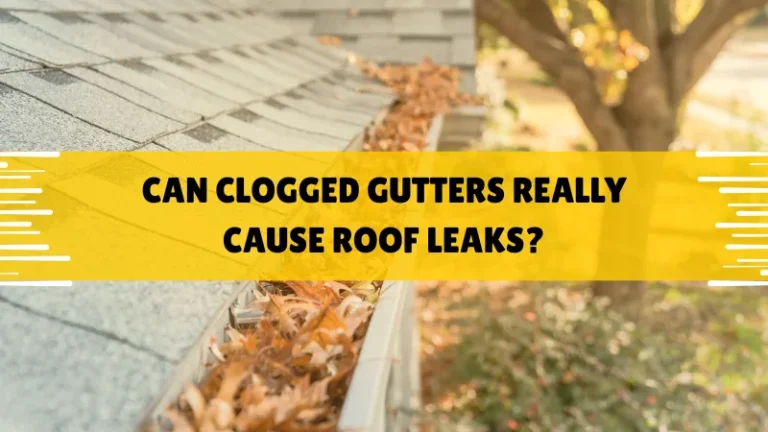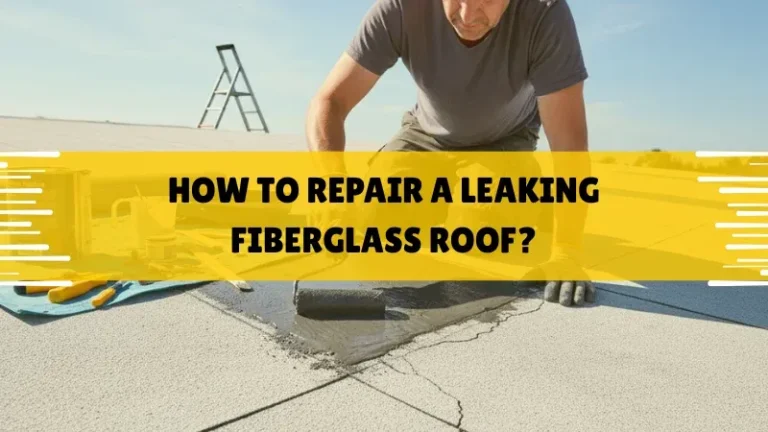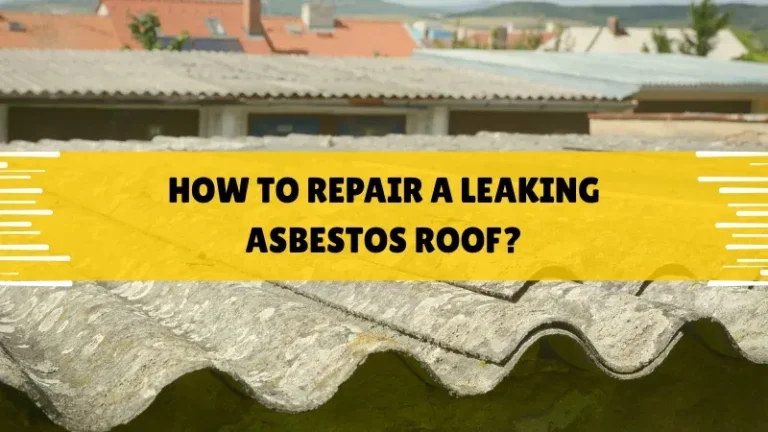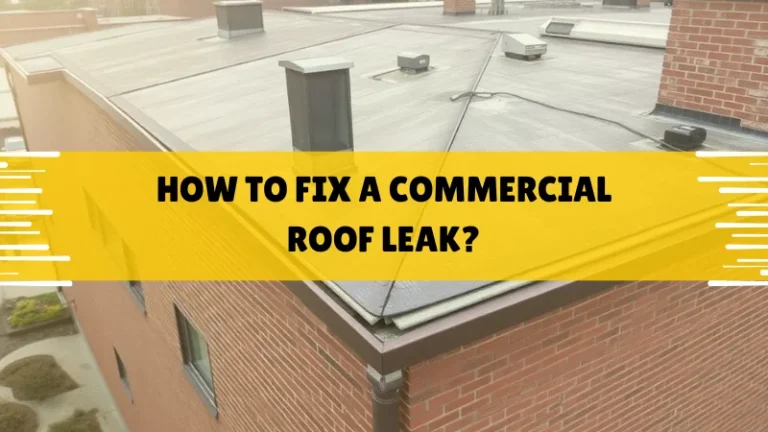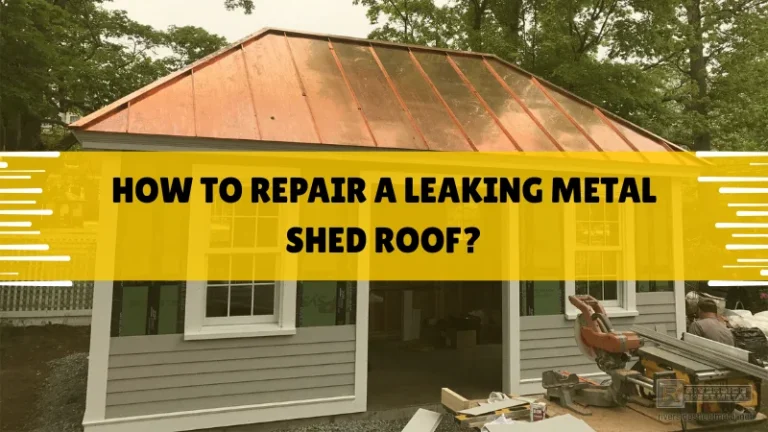is a leaking roof an emergency?
When the water goes through your ceiling in the storm, it can sink your heart, prompting the urgent question: Is a leaking roof an emergency? You ask yourself whether you should call somebody or not, or if you can wait till morning. The majority of roof leaks qualify as emergencies since they cause larger issues within a short amount of time, such as the destruction of the interior of your house or even jeopardizing your safety. But not all drips require a midnight repair—some must be fixed immediately, and others may be postponed a little.
It is all about the amount of water flowing and its destination. The drip in the attic may not fill your living room yet, so you could deal with it in the near future. But when water collects on your floor or comes in contact with electrical points, then it is an emergency. According to experts such as IKO Roofing, it is best to check the flow rate first-place a bucket beneath it, and time how much it collects in 15 minutes. When it is over a cup, call a pro immediately.
It is worth remembering that even minor leaks expand when neglected. They absorb wood and insulation, which results in rot or mold. So, as you make your choice, take buckets and towels to get what you can. Such a simple measure saves money and time on emergency roof repairs in NJ.
Understanding What Counts as a Roof Emergency
Roof issues occur to everybody, yet not everybody requires a rush job. An actual emergency is when your home is under actual danger, such as water entering the house in the rain. Consider the impact it has on your everyday life- when you cannot use a room or are afraid of catching fire because of wet wires, that is severe.
Most homeowners confuse urgent repair and routine repair. As an example, a small spot on the ceiling may appear alright, but it is an indication that water has moved a long distance away from the real hole. Experts in Adam Vaillancourt Roofing observe that the leaks tend to begin small but reach walls and floors within a short time. Always, then, be on the safe side.
Stated briefly, any leakage that interferes with your home or endangers your health is considered an emergency. Then we shall dissect what causes one leak to demand action and another to wait.
The Difference Between Urgent and Non-Urgent Leaks
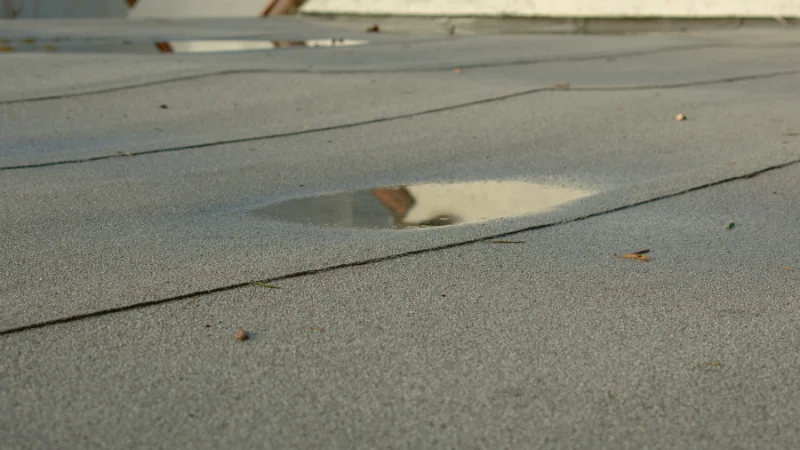
Urgent leaks pour water fast, like during heavy rain, and hit key spots in your house. They might soak your carpet or threaten the lights, forcing you to move stuff out. Non-urgent ones drip slowly and stay in safe areas, like an empty attic corner.
Spot the difference by watching the drip speed. A fast stream means grab your phone for help now. Slower ones let you schedule a visit, but don’t wait weeks. As Victor’s Home Solutions explains, measure water in a bucket over time—a slow one fills less than a cup per hour. That buys a day or two.
Either way, act soon. Even non-urgent leaks weaken your roof over time. Now, let’s look at why they start in the first place.
Common Causes of Roof Leaks
Leaks often come from worn-out parts that let rain sneak in. Cracked shingles top the list—they curl or break from wind and sun. Clogged gutters rank next, as leaves trap water against your roof edge.
Other culprits include bad flashing around chimneys or vents, where metal seals fail. Ice dams in cold spots block meltwater, forcing it under tiles. Bill Ragan Roofing sees these often from poor installs or storm hits. Simple checks catch them early.
If you’re dealing with a metal roof, you might also want to read why your metal roof might start leaking
to understand the unique causes behind metal roofing issues. Fixing means matching the cause to the cure, like resealing flashing. But first, know the signs inside your home.
How to Tell if Your Roof Leak is an Emergency
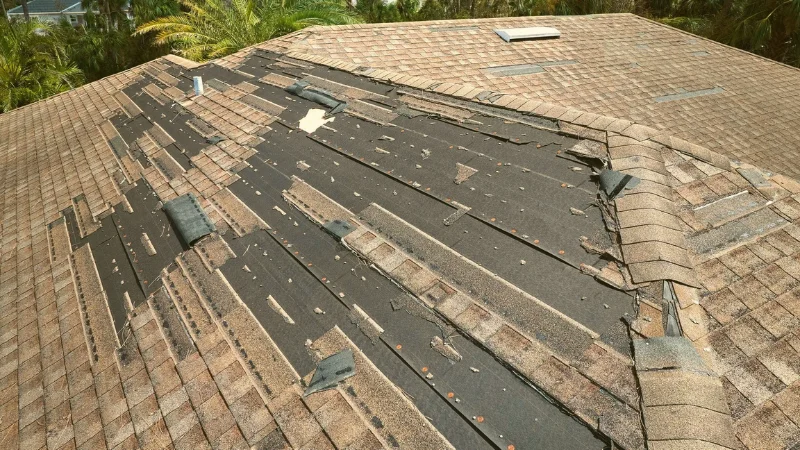
Spotting trouble starts inside, where water shows first. Look up at your ceiling for brown rings or sags—that’s your clue. Then, check if it worsens with rain or stays dry for days.
Outdoors, scan for missing pieces or dark streaks on shingles. These point to weak spots letting water through. But remember, water travels, so the drip might not match the hole exactly. Adam Vaillancourt Roofing warns that floor puddles signal big issues. Don’t climb up if it’s slick—call for eyes on it.
Once you see the scale, decide your next move. A steady flow means protect now; a rare drip means plan ahead.
Visible Water Damage Indoors (ceilings, walls, floors)
Stains on ceilings often look like coffee rings from old drips. They spread if water keeps coming, turning into wet blobs that sag. Walls get rusty streaks near the top, especially by windows.
Floors show puddles or warped wood under leaks. These spots mean water has soaked deep, risking mold. Couto Construction says active drips during storms confirm it’s bad. Mop up fast to limit harm. Catch these early, and you avoid big fixes. Yellow walls or soft floors scream for quick help.
Electrical or Safety Hazards
Water near outlets or lights sparks real danger, like shocks or fires. If drips hit wires, shut the power off at the breaker right away. Never touch wet plugs yourself.
Bulging ceilings add fall risks if they burst. Kids or pets make it worse—keep them clear. Alan’s Roofing notes leaks over fuse boxes, demands instant calls. Safety first, always. These hazards turn leaks deadly fast. Spot them, and prioritize evacuation if needed.
Rapidly Spreading or Severe Leaks
Fast leaks fill buckets quickly, soaking whole rooms in hours. They spread via cracks, hitting multiple walls at once. Heavy rain amps them up, turning drips to streams.
Severe ones follow storms, with holes from hail or branches. Victor’s Home Solutions measures severe as over a quart per hour. That’s the flood level inside. Act before it hits valuables. Tarps help outside, but pros seal it best.
Minor Leaks That Can Wait
Slow drips in unused spots, like attics, might pause for a day. They show as faint stains without flow. Dry weather hides them, but rain brings them back.
These won’t ruin your day yet, but book a check soon. Allstate Exteriors says tiny ones don’t disrupt life. Still, they hint at bigger wear. Waiting works here, but not forever. Watch closely to catch changes.
What to Do If You Have an Emergency Roof Leak
Stay calm when water hits—panic leads to slips. First, grab tools to catch it and clear the path. Then, reach out for skilled hands to stop it for good.
Pros arrive fast for bad cases, assessing from the ground and the roof. They tarp big areas and patch holes on site. IKO Roofing outlines this as key to limiting harm. Expect a plan for full fixes soon after. Your role keeps things safe until then. Document everything for insurance, too.
Immediate Steps to Reduce Damage
Place buckets under drips to catch streams—empty them often. Move rugs and chairs away from wet floors. If ceilings bulge, poke a small hole low to drain safely.
Run fans to dry air and fight mold smells. Shut off power near wet spots. Colony Roofers stresses fresh air cuts risks. These hold until help comes. Skip climbing wet roofs—falls hurt more than leaks. Groundwork saves the day.
When to Call a Professional Roofer
Dial now if water flows steadily or hits the electrics. After storms, check for holes too. Don’t wait for mold smells to start. Look for licensed teams with a quick response. Shumaker Roofing says pros spot hidden damage. They fix roots, not just tops. One call ends the worry. Share details like drip speed for faster service.
Temporary Fixes vs. Permanent Solutions
Tarps over holes block rain short-term—secure with boards. Seal small cracks with caulk if dry. These buy days, not years. Permanent means new shingles or flashing from pros. This Old House notes temps cost less but fail in storms. Go pro for lasting peace. Temps save now; full work saves later cash.
How to Prevent Roof Leaks from Becoming Emergencies
Keeping your roof strong starts with eyes on it twice a year. Spot wear before rain tests it hard. Simple habits cut big bills down the road. Trim trees and clean gutters to steer water away. These basics stop most woes. Bill Ragan Roofing pushes annual checks. They catch cracks early. Build good records, too. That helps claims if trouble hits.
Regular Roof Inspections and Maintenance
Climb up or hire help to scan shingles for cracks. Check seals around vents yearly. Fix loose bits before they gap. Clean debris off to let water run free. This stops pools that rot wood. Roofmaxx lists aging roofs as top risks. Routine saves emergencies. Logs of checks prove care to insurers.
Preparing for Storms and Extreme Weather
Board up weak spots before forecasts warn. Clear branches that could snap. Strong winds love loose tiles. Stock tarps for quick covers. Dakota Roofing eyes winter prep. It heads off ice dams. Know your weak points. That turns threats into minor tasks.
Insurance and Documentation Tips
Snap photos of stains and drips right away. Note dates and weather. This backs claims fast.
Review policies for leak covers yearly. File soon after hits. Utz Roofing suggests full records. They speed payouts. Updates keep you protected. Ask agents for gaps.
Final Thoughts on is a leaking roof an emergency
Roof leaks scare any homeowner, but quick steps keep the harm small. Spot signs early, act fast, and lean on pros for fixes. Your home stays dry and safe that way.


